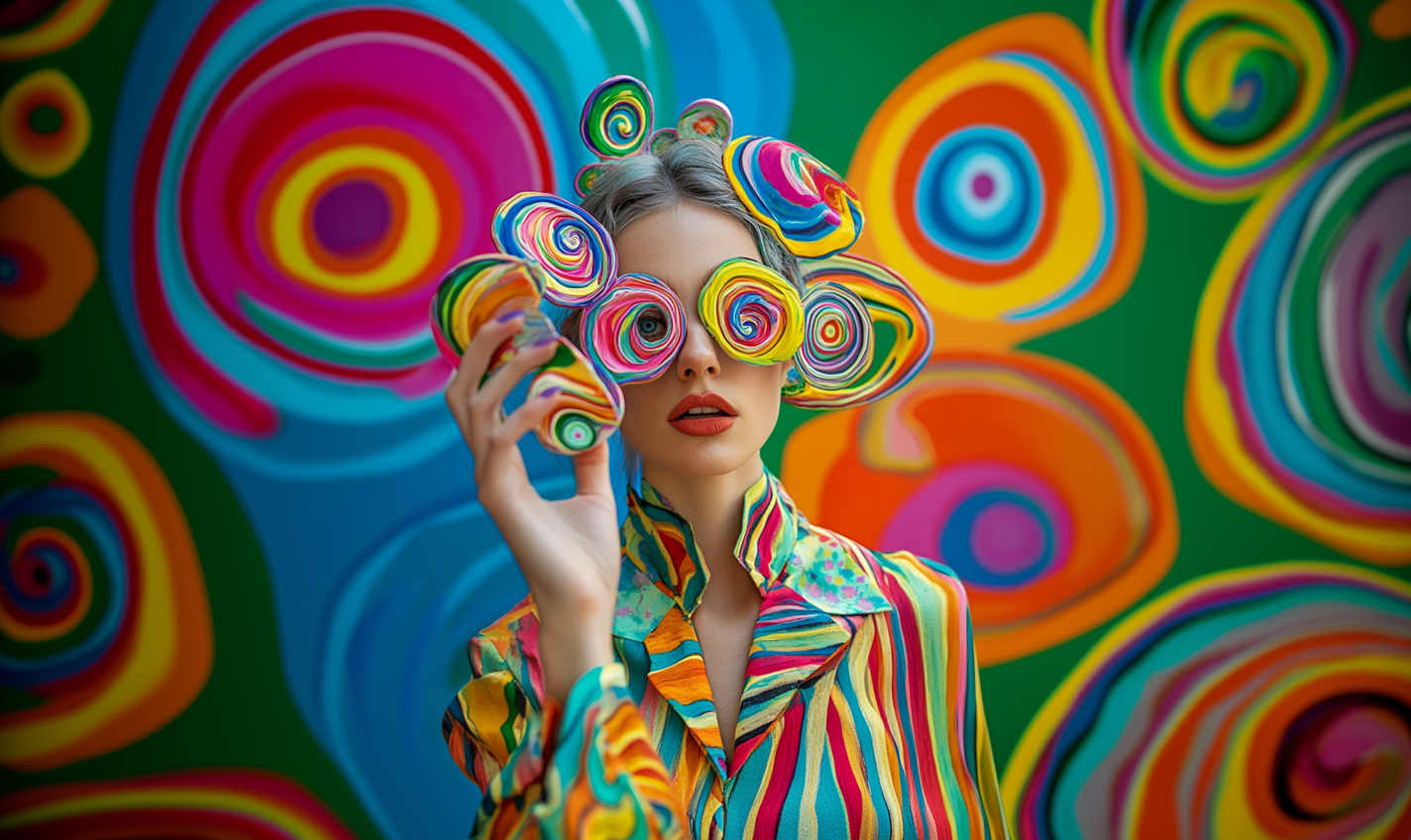The Psychedelic Journey as a Creative Process
Engaging in a deep psychedelic journey melts away your constructs—the usual narrative loops that govern your daily life. This loop is perpetuated by our default mode network (DMN), shaping everything we think and feel about ourselves and our lives. Over time, we become unaware of it, easily mistaking it for reality because it defines our reality. When a profound psychedelic experience loosens this loop, opens up neural channels, and connects the DMN to other regions of the brain, we realize it is merely a mental construct—not reality. This revelation presents us with numerous options for framing ourselves and our world. We discover that we are not who we once thought we were.
By Jodi Lomask of Creative Journey, Inc. (creativejourney.us)
ABOUT THE AUTHOR
Jodi Lomask is the founder of Creative Journey, Inc., an organization dedicated to guiding individuals through psychedelic experiences to unlock their creative potential. With over twenty-five years of experience in the arts and a deep commitment to integrating science and creativity, Jodi helps others harness the transformative power of psychedelics to enhance their personal and creative lives.
LINKS: Website
CreativeJourney.us
Substrack
The Crucial Period After the Journey
The time following an acute psychedelic experience is pivotal for psychological transformation. Researcher Gül Dölen suggests that psychedelics can reopen "critical periods"—windows of heightened brain plasticity typically experienced only during youth. Psychedelics may allow us to access this flexibility later in life, making the post-journey period essential for reassembling our sense of self. During this time, we can adjust how we interact with the world and perceive ourselves. However, this precious window can be easily missed. When psychedelics are used merely for partying, the opportunity for personal growth may be lost. The neuroplastic state following the journey holds immense value, enabling deep, lasting change. If your use is confined to party settings, you might revert to your usual patterns immediately after, bypassing the rich potential of integrating insights and harnessing increased cognitive flexibility. Embracing this period of heightened neuroplasticity is what makes profound, enduring transformation possible.
Creativity in the Aftermath
Immediately following a psychedelic journey, we enter a creative process, shaping how we want to be moving forward. Typically, we don't feel capable of such deep change or recognize that we have control over our perceptions and thoughts. However, during this neuroplastic state, we regain some control. We can either re-establish old patterns or create new ones, becoming the artists of our lives in a more accessible way than usual—or we can miss this opportunity.
Artistic tools are ideal for this mission. Fantasy, imagination, exploration, openness to possibilities, designing experiences and perspectives, experimentation, intuition, feeling, sketching, freewriting, deep listening, and discovery are all invaluable during this period. Viewing your life as a creative process aligns seamlessly with the reassembling of the self that can occur after a deep psychedelic journey.
Integrating the Journey into Daily Life
Take the lessons from your psychedelic journey and apply them to designing your daily life, fostering more love, depth, and fulfillment in your relationships and activities. Even superficial relationships can gain a spiritual depth that elevates everyone involved when you adopt this mindset.
Personal Journey and Creative Evolution
Since 1995, I have made it a point to undertake a psilocybin vision quest at least once a year. Each year, I delve deeply within and emerge in the following weeks with designs for my next venture or the evolution of my current project. This practice connects me to my deepest self and muse, maintaining my connection to life. It has been integral to the confidence and faith I’ve developed in my inner wisdom—wisdom I rely on when designing sculptures and installations. Designs that I don’t always consciously understand.
In 1997, during a psilocybin journey in Joaquin Miller Park, I envisioned the arts company I wanted to direct. At the time, amidst the first dot-com boom, there was significant tension between the burgeoning tech industry and the underground performing arts scene. Small alternative performance venues were closing as startups occupied their spaces with high rents. Brady Street Dance Center closed soon after I premiered a piece called "BreathTank" there, followed by Dancer’s Group within a few years. Even some nightclubs where we performed were sold for luxury lofts. In my vision, I saw how the tech industry could provide new technologies—high-powered lenses and other tools—to re-present nature to the public, helping them see and appreciate it anew. As artists, we could use these technologies to reignite a love of nature within our community and support each other for a higher cause. This journey gave me a clear creative vision and an ideological and aesthetic concept that would unfold over the next twenty-five years through my arts nonprofit, Capacitor. I created ten full-evening works, numerous dance films, and additional pieces as part of this vision.
Evolving Through Vision Quests
Each annual vision quest detailed themes for my subsequent ten full-evening shows, keeping me inspired and continually reborn into my creative self. This deep dive into my inner world allowed me to relocate my muse and avoid repetitive creations. I realized that my art was a byproduct of learning, leading me to develop the Capacitor Lab—a space to continue learning and inspiring new projects. Through six-month processes, I invited scientists to the dance studio to share their passions with the creative team. In turn, the creative team shared their evolving ideas and processes. The Lab inspired scientists by encouraging them to describe their work through metaphor and giving them a vehicle for sharing their discoveries with the public.
Simultaneously, it provided artists with up-to-date scientific information to draw upon, fostering cohesion within projects and fodder for the creative process.
During a vision quest, I realized the need to collaborate with top scientists—leaders in their fields—and use my creative work to amplify their messages about life on Earth and the environment. This was a significant shift from my previous focus on my own career and reputation as an artist. The vision quest helped me identify an initiative worthy of my artwork’s service.
Cultivating a Creative Culture
As a young founder and director, it was initially challenging to gain the respect of performers and collaborators, many of whom were older and more experienced. This led me to focus on power, respect, and control in the studio. However, a transformative vision quest made me realize that I only wanted to work with artists I felt comfortable "tripping" with. While it might sound like a small, hippie idea, its implications were profound. I began to refuse collaboration with anyone I didn’t feel creatively free and comfortable around, regardless of their talent. Instead of focusing on respect and control, I fostered a culture of positivity and creativity in the studio. This infectious and exhilarating environment attracted performers and collaborators, replacing previous tensions with play and laughter. Creating with and for those who showed up became natural, eliminating the need for control. Additionally, paying hourly for rehearsals professionally improved the studio’s vibe.
Transformative Times During Shelter in Place
During Shelter in Place, all my shows were canceled. Instead of shifting from one project to another, I had ample time to reflect on my work. My husband and I took turns doing sensory deprivation journeys in the closet while staying home with our children. During one of these journeys, I dismantled my artist ego. After years of focusing almost exclusively on my art career and tying my self-esteem to it, I spent five exhausting and painful hours wrestling with it. Though I’ve never been suicidal, this felt like a form of suicide—I wanted to disappear completely. Holding the weight of that ego had become intolerable.
I emerged lighter, unsure of my next steps, but free from the relentless drive to project myself into the world. In the following months, in this more neuroplastic state, the concept for my psychedelic guiding practice, Creative Journey, emerged as an obvious next step. Having curated creative-focused psychedelic journeys for friends and collaborators for the past twenty-five years, it seemed natural to offer these experiences to a broader audience.
Launching Creative Journey
For almost three years now, I have formally conducted this work. At Creative Journey, I guide participants through the creative process, using psychedelics as a tool to launch, open, deepen, and amplify their relationship with their muse. We all thrive when connecting—with ourselves or others. Life is an endless stream of creative problems to solve, and this approach allows you to engage proactively and fully. Let’s embark on this journey together.




